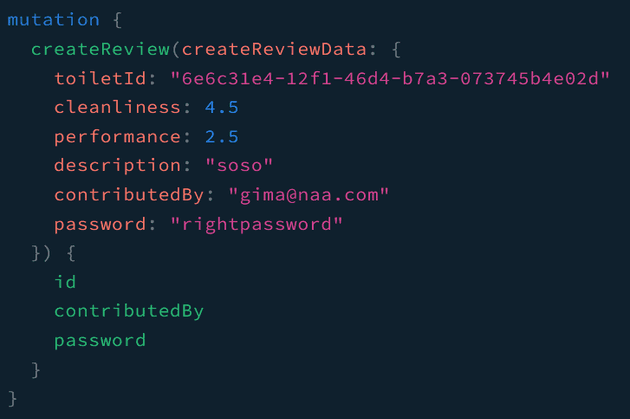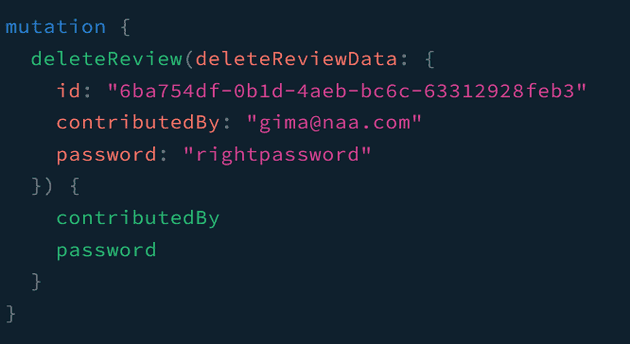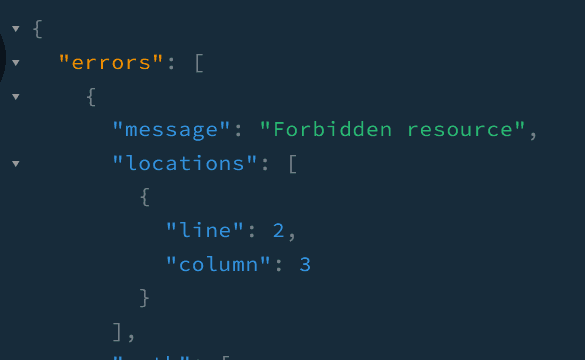In the last article, we have the core Graphql set, which can do CRUD for Toilet, Address and Review. With this application, we want to collect some information about toilets from random people. But, we should not allow a random person to delete a review that is not written by the person. To achieve this goal, we will implement Guard on review resolver.
Modify Review Schema
Since we did not have password field in Review model, we will add the field and then, migrate to our database again by entering npx prisma migrate dev --create-only.
model Review {
...
contributedBy String @unique
password String
toiletId String
...
}Modify Review DTO
We should make a contributor create a reivew with a password so that we can identify who is trying to delete the review.
// create-review.input.ts
@InputType()
export class CreateReviewInput {
...
@Field()
toiletId?: string;
@Field()
@IsNotEmpty()
@IsEmail()
contributedBy: string;
@Field()
@IsNotEmpty()
password: string;
}Add password field in the delete-review input type as shown below.
// delete-review.input.ts
@InputType()
export class DeleteReviewInput {
@Field()
@IsNotEmpty()
id: string;
@Field()
@IsNotEmpty()
contributedBy: string;
@Field()
@IsNotEmpty()
password: string;
}Write Guard
We now will create a folder named guards under src folder. Inside of the folder, we will have a file named review.guard.ts. By using Guard, we can take the context of the incoming request and then, by using it, determine whether it is allowed to be handled by Router Handler or not. Simply put, it is where authorization/authentication happens.
@Injectable()
export class ReviewAuthGuard implements CanActivate {
constructor(@Inject(ReviewsService) private reviewsService: ReviewsService) {}
async canActivate(context: GqlExecutionContext): Promise<boolean> {
const ctx = GqlExecutionContext.create(context);
const { deleteReviewData } = ctx.getArgs();
const { id, contributedBy, password } = deleteReviewData;
const reviewInfo = await this.reviewsService.getReview({ id: id });
if (
reviewInfo.contributedBy === contributedBy &&
reviewInfo.password === password
) {
return true;
}
return false;
}
}Notice: Since we are using Graphql instead of REST, we should import GqlExecutionContext.
The guard gets the arguemnt which contains the delete review input and compares the email and password to the corresponding ones from the review which is retrieved by reviewService injected. If they are matched, it will allow the request to go to Router handler.
UseGuards Decorator
At last, to make the guard work, we should pass ReviewAuthGuard in UseGuards decorator and put it on the top of the target method in review resolver.
@Mutation(() => Review)
@UseGuards(ReviewAuthGuard)
async deleteReview(
@Args('deleteReviewData') deleteReviewData: DeleteReviewInput,
): Promise<Review> {
return this.reviewService.deleteReview(deleteReviewData);
}Test
Create a review
Delete a review with right password
Reponse when deleting a review with wrong password
Thoughts
It is a cool thing to use Guard to authenticate a user because it has a single responsibility and can be used all over the whole application. But, as you can see, I had the simplest process for the authentication. In the next article, I will elaborate the process by making use of passport and bcrypt to hash passwords.
THANKS FOR READING. SEE YOU NEXT TIME!



